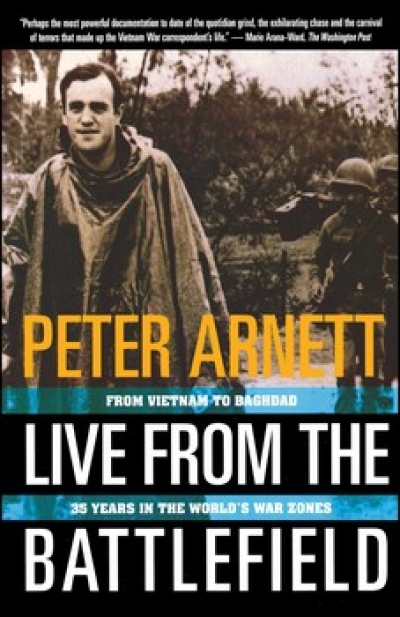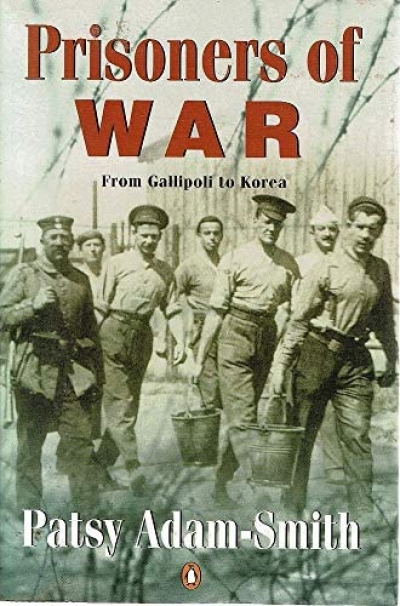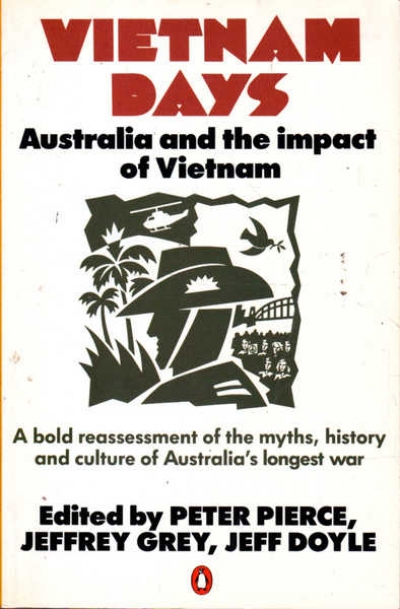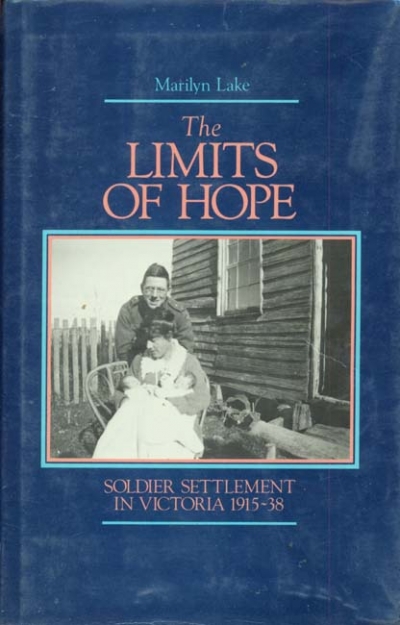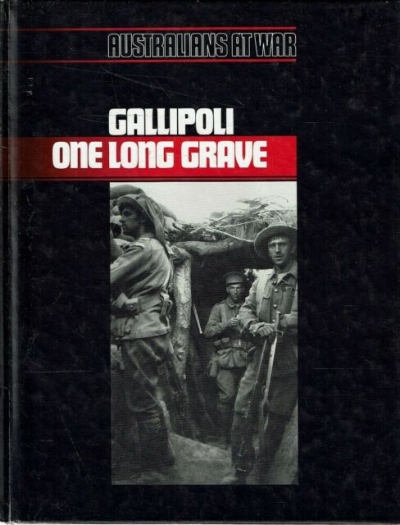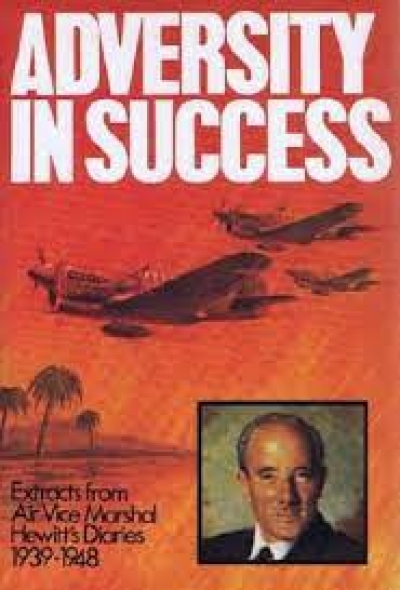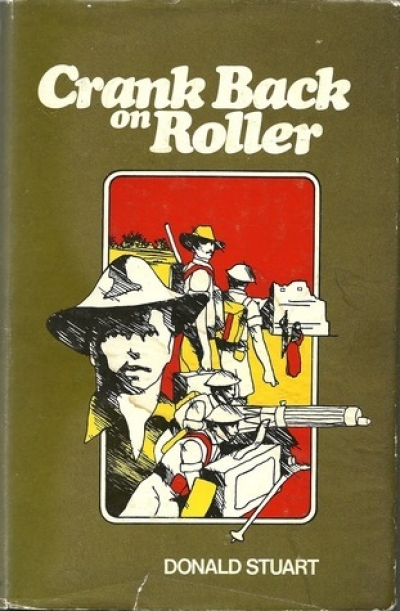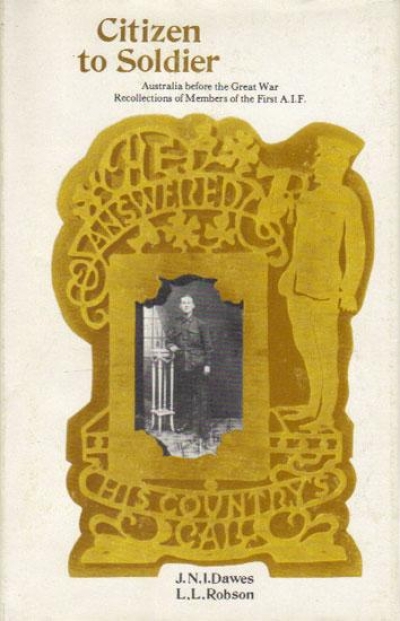War
Live from the Battlefield: From Vietnam to Baghdad, 35 Years in the World's War Zone by Peter Arnett
by Jennifer Maiden •
Prisoners of War: From Gallipoli to Korea by Patsy Adam-Smith
by Ian Buchanan •
Vietnam Days: Australia and the impact of Vietnam by Peter Pierce, Jeffrey Grey, and Jeff Doyle
by Richard Broinowski •
The Limits of Hope: Soldier settlement in Victoria 1915–1938 by Marilyn Lake
by Jill Roe •
Adversity in Success: Extracts from Air Vice-Marshal J.E. Hewitt’s diaries 1939-1948 by
by Stanley Brogden •

